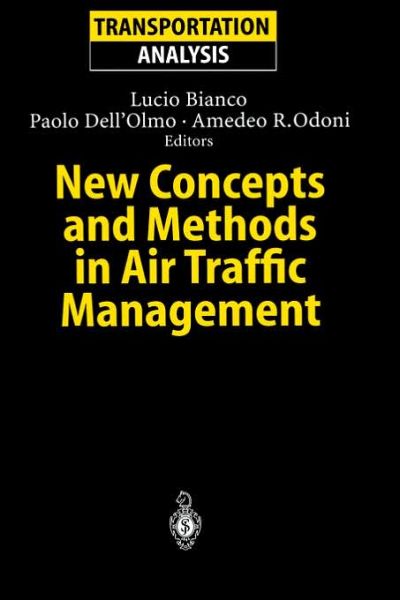

Most ebook files are in PDF format, so you can easily read them using various software such as Foxit Reader or directly on the Google Chrome browser.
Some ebook files are released by publishers in other formats such as .awz, .mobi, .epub, .fb2, etc. You may need to install specific software to read these formats on mobile/PC, such as Calibre.
Please read the tutorial at this link: https://ebookbell.com/faq
We offer FREE conversion to the popular formats you request; however, this may take some time. Therefore, right after payment, please email us, and we will try to provide the service as quickly as possible.
For some exceptional file formats or broken links (if any), please refrain from opening any disputes. Instead, email us first, and we will try to assist within a maximum of 6 hours.
EbookBell Team

4.4
92 reviewsThis volume is a compendium of papers presented during the International Workshop on Air Traffic Management, which took place in Capri, Italy, on September 26-30, 1999. The workshop was organized by Italian National Research Council in co-operation with the University of Rome "Tor Vergata", and the Massachusetts Institute of Technology (MIT). This was the fifth in a series of meetings held periodically over a ten-year span for the purpose of encouraging an exchange of views and fmdings by scientists in the field of Air Traffic Management (A TM). The papers presented at the workshop dealt with a wide range of topics and covered different aspects that are currently important in Air Traffic Control and Air Traffic Management. This volume contains only a subset of the papers presented, namely the ones that addressed the main area emphasis in the workshop, new concepts and methods. The subject of the first two papers is Collaborative Decision Making (CDM), a concept which embodies, to a large extent, the new philosophy of partial decentralization and increased delegation of responsibilities to users in A TM operations. In the first of these papers Wambsganss describes the original CDM project and its initial implementation in the form of the Ground Delay Program Enhancements. He also provides a brief description of some of the tools that have been developed as part of the CDM effort and identifies future research and development requirements.